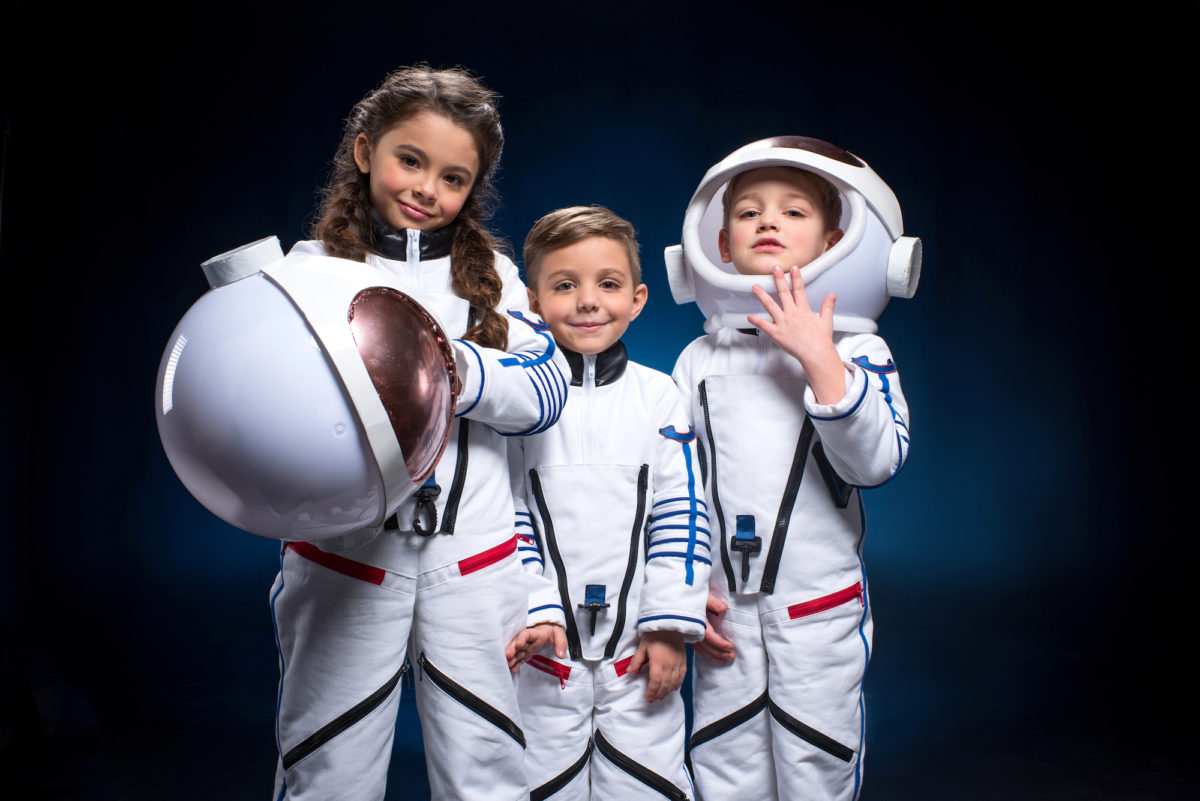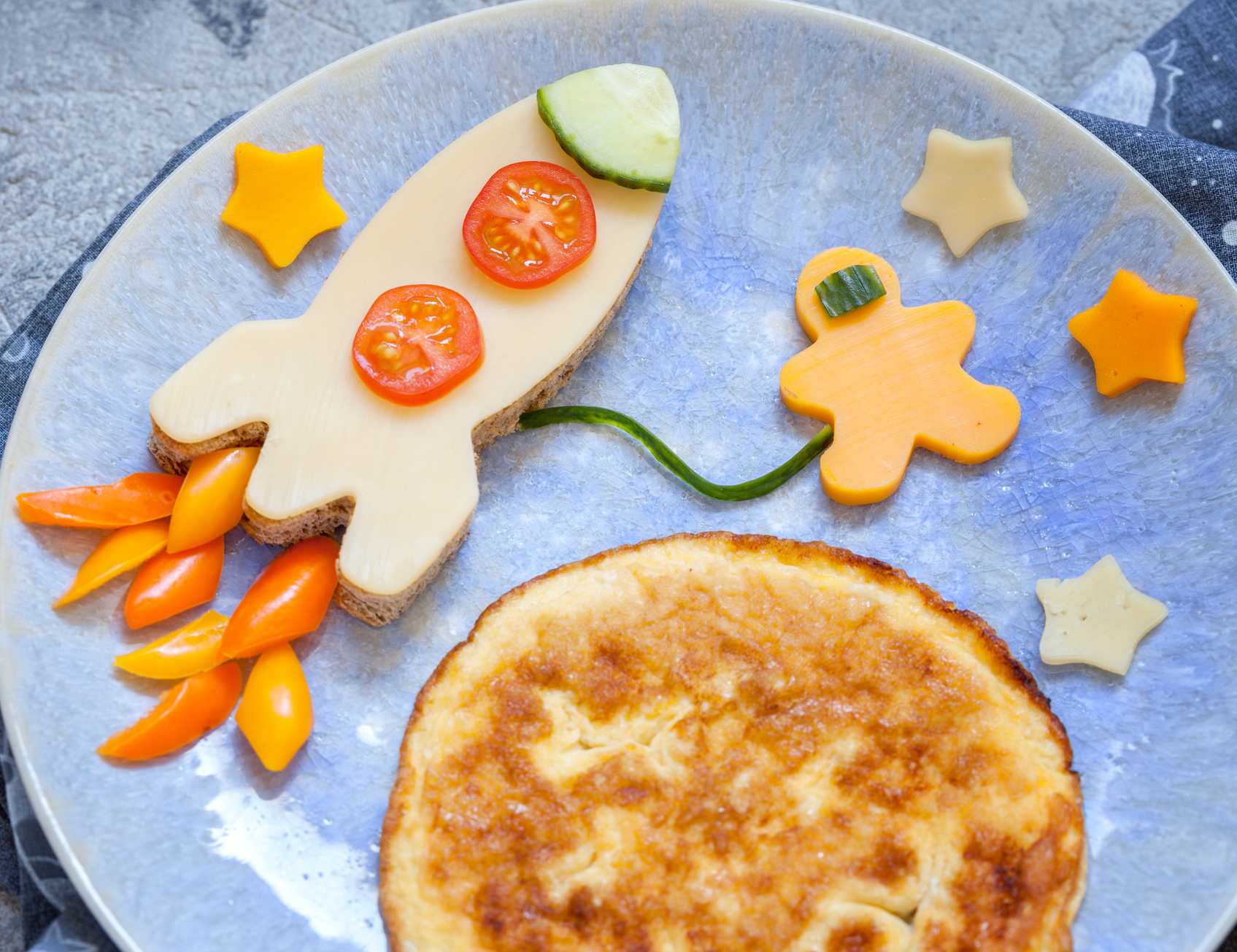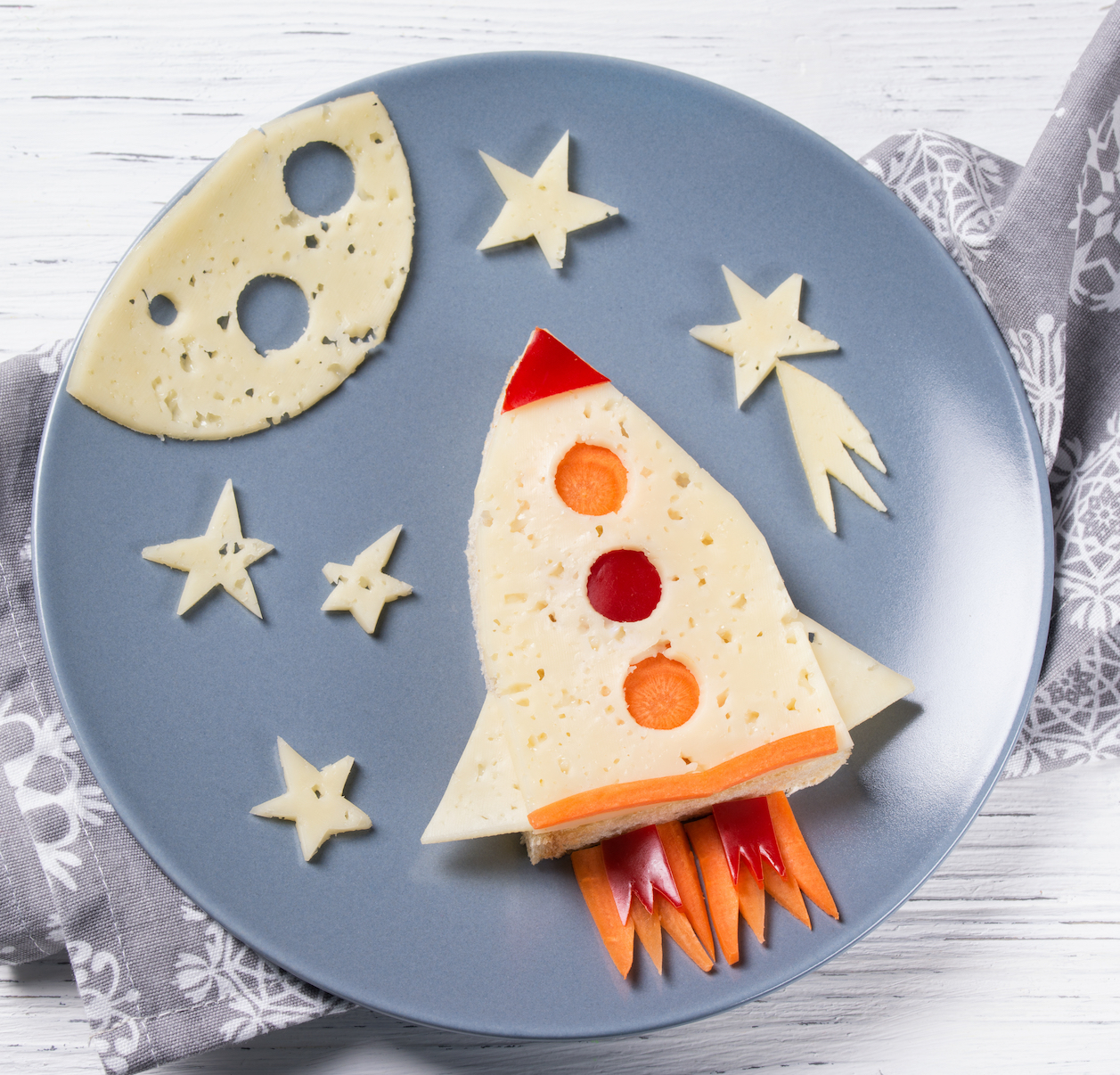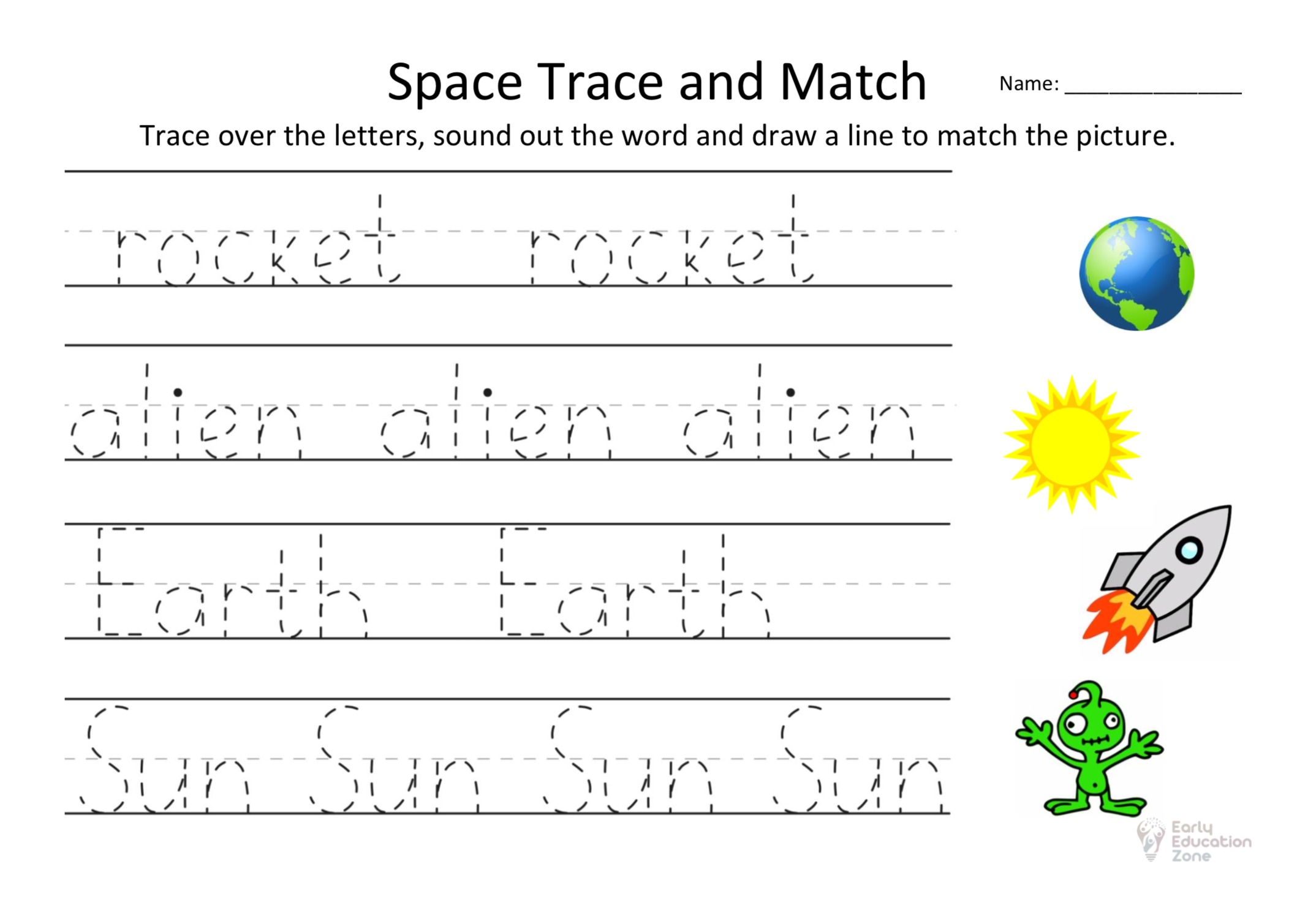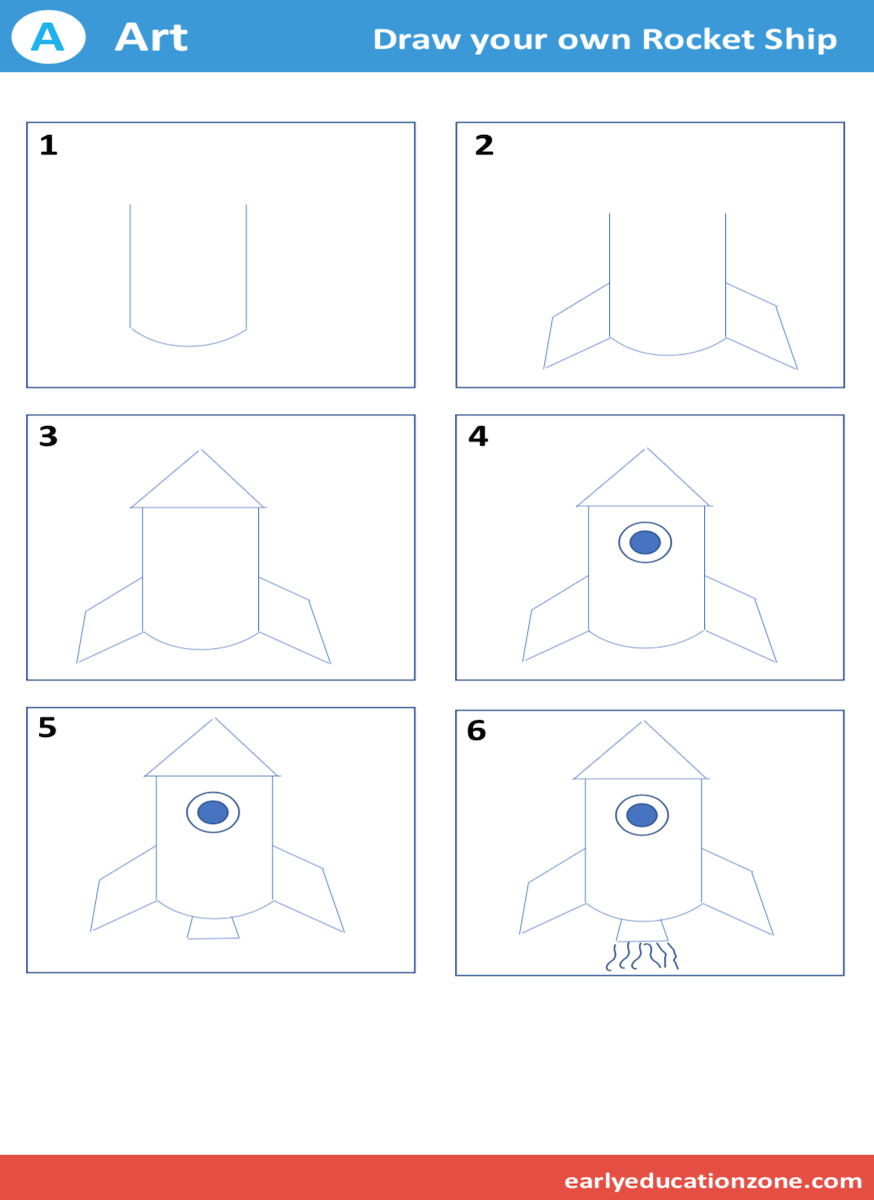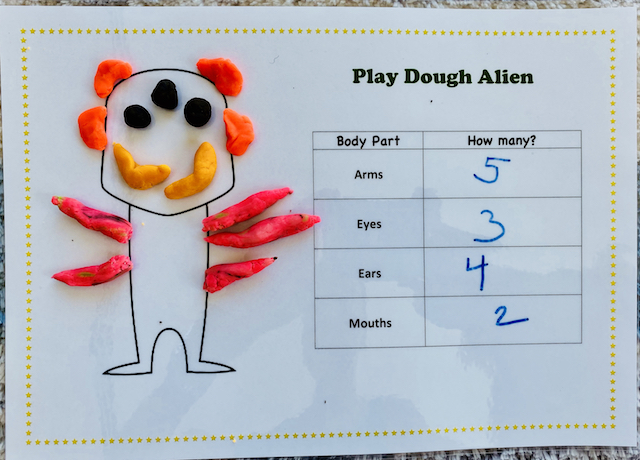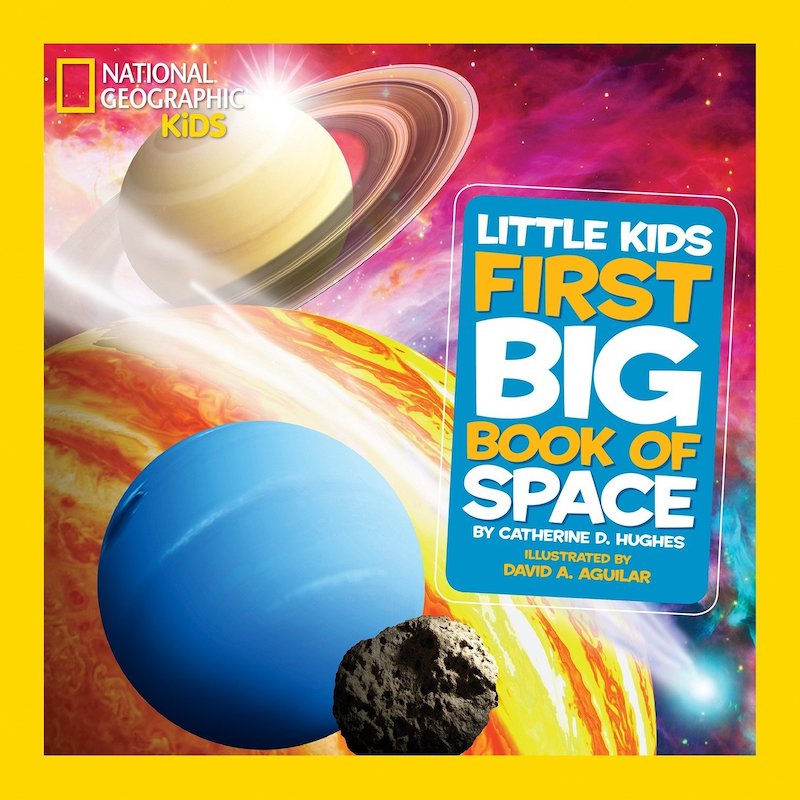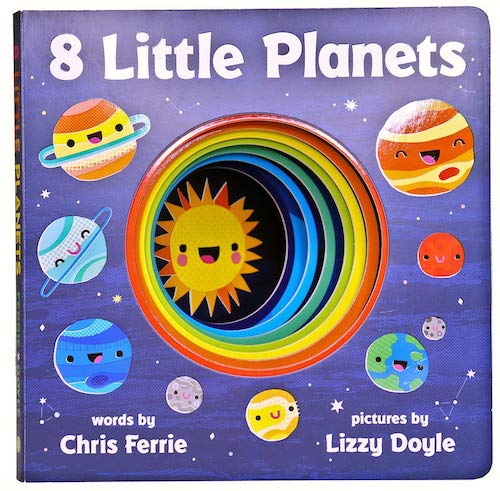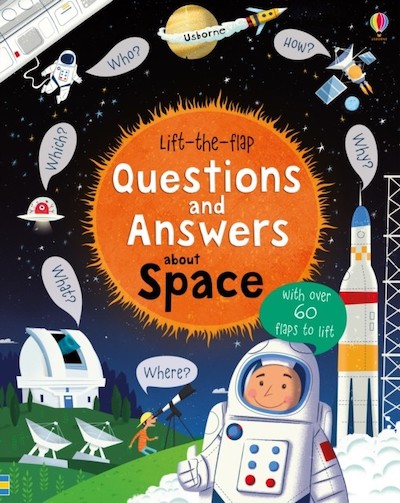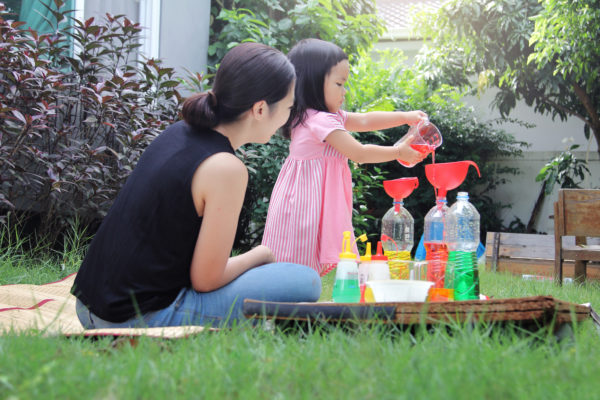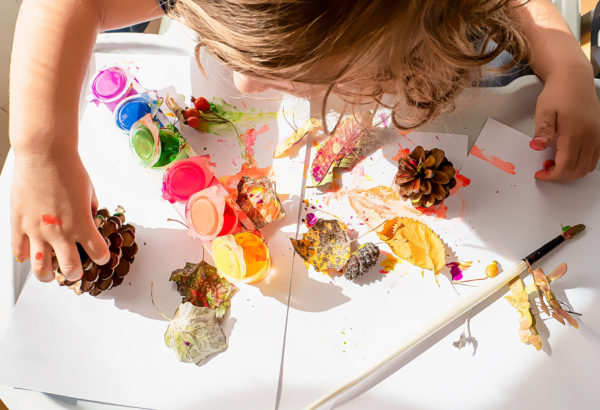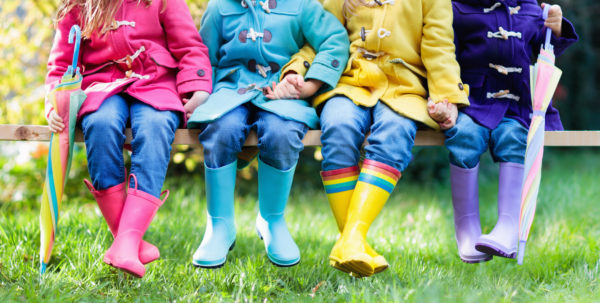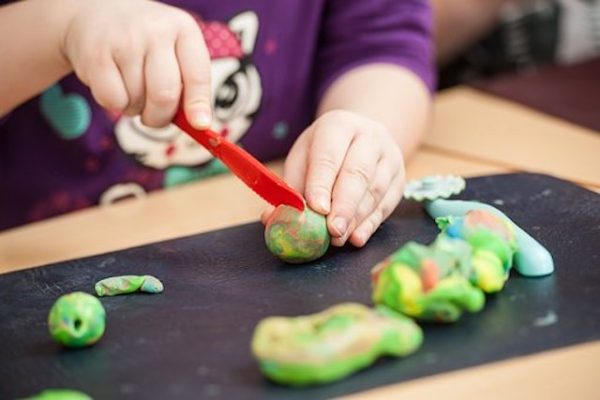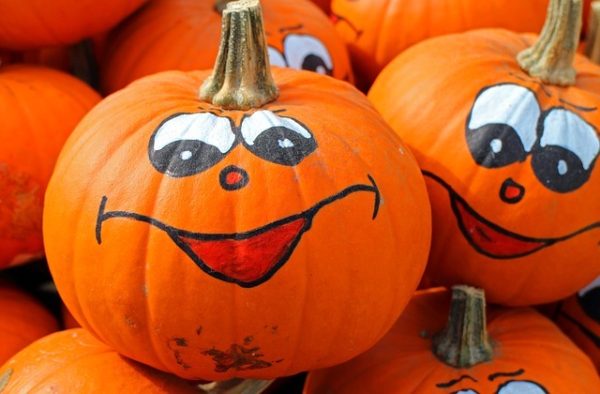World Space Week 2021 Activities and Resources
World Space Week is an annual event that recognises the importance of science and technology through space exploration. This year it will be held from October 4th to October 10th 2021. October 4th is a historic day in the history of space exploration because it was on this date in 1957, the first human-made satellite called Sputnik 1 was launched. World Space Week is celebrated around the world with over 771 events happening in the UK. What better reason to encourage children’s natural curiosity and fascination with all things space related? Our World Space Week 2021 activities and resources will help you plan a fun-filled, informative week of learning.
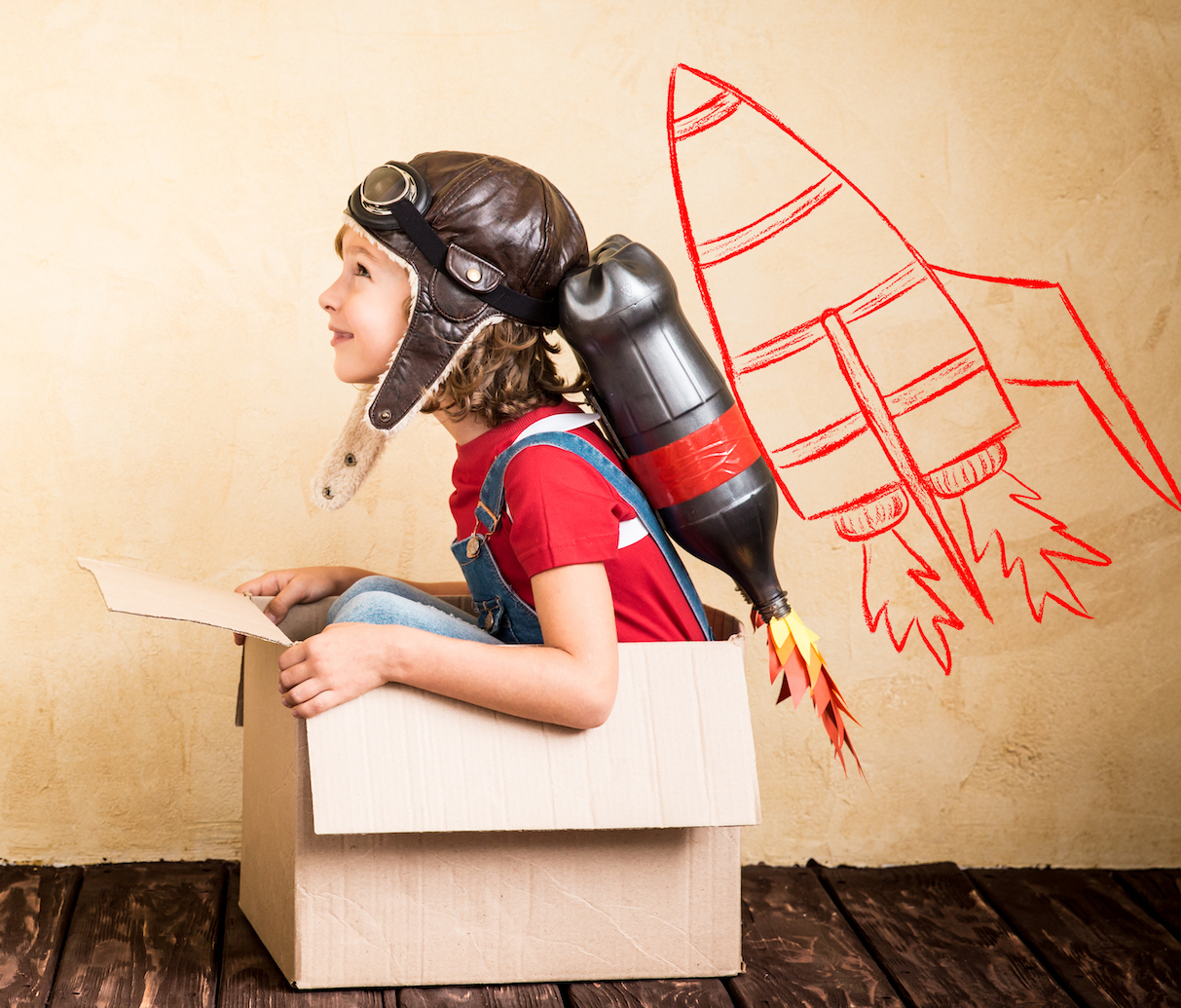
What is the theme this year?
“Women in Space” is the theme of this year’s World Space Week. It is important that children understand that space exploration and science in general have benefited from amazing contributions by women. For example Katherine Johnson, a NASA mathematician, calculated the trajectory for Apollo 11’s flight to the moon in 1969. Sally Ride was the first American woman to launch into space. She flew on Challenger twice, once in 1983 and again in 1984.
What happens during World Space Week?
The celebrations for World Space Week are coordinated by UN with the support of the Space Week International Association and local coordinators in over 80 countries around the world. Activities include educational workshops, guest speakers, lectures and opportunities to observe space through telescopes. This event is the perfect time to explore space with children of all ages so that they have the chance to appreciate the awe-inspiring wonders of the universe. Our World Space Week 2021 activities will help get your kids enthusiastic about space!
World Space Week 2021 Activities for Early Learners:
Build a Recyclable Rocket
Recycle your old kitchen roll and toilet roll tubes to create an imaginative recycled rocket ship!
Materials needed: 1 kitchen roll tube, 1 toilet roll tube, scissors, paint and glue.
- Flatten the toilet roll tube. Measure 3cm from each end and mark. Connect the marks with a diagonal line and cut into two pieces.
- Next flatten the kitchen roll tube. Measure 5cm from the end and draw a line. Cut off the 5cm end piece.
- Take the 5cm cut piece and fold ends into a point. Tape along the seam and cut the ends to make them even. This will be the top of the rocket.
- Paint the pieces of the rocket and assemble with glue.
Make Marshmallow Rockets
Get in the spirit of World Space Week with these easy-to-make marshmallow rockets.
Ingredients: marshmallows, chocolate chips, colourful sprinkles, wooden skewers
Instructions:
- Thread 2 marshmallows onto a wooden skewer leaving 2cm of the skewer sticking out of the top of the last marshmallow.
- Cut a third marshmallow into a triangle shape and fit onto the top of the skewer.
- Melt chocolate chips in the microwave, stirring after 30 seconds until the chips are completely melted. Pour the chocolate onto a plate.
- Roll the marshmallow skewer in the chocolate until it is covered.
- Scatter sprinkles on all sides of the rocket.
- Stick upright into something solid (a leftover Halloween pumpkin works well) and allow for the chocolate to dry.
Tennis Ball Play Dough Globe
Explore our planet through this simple craft using a recycled tennis ball and blue and green play dough to create the globe and continents.
For this activity:
- You will need: an old tennis ball, blue and green play dough.
- Flatten the blue play dough into a circle and place the tennis ball in the middle.
- Mold the play dough around the tennis ball, covering the surface.
- Using the green play dough, shape two triangles connected with a tail for North and South America.
- Continue to shape Europe, Africa, Asia and Australasia using the green play dough.
- Stick the continents onto the globe.
- Enjoy exploring and naming the different continents with your child!
Edible Space Scenes
Get creative with food to assemble space scenes with your children. Cookie cutters can be useful to make shapes such as stars, circles and people. Cheese, bread and pancakes are easy to cut into appropriate shapes. Incorporate vegetables such as tomatoes, peppers and cucumber for the details of rocket ships. This is a great way to encourage children to think about space and eat healthy at the same time!
Space Trace and Match Worksheet
Get writing with this free worksheet that will encourage children to focus on letter formation and phonics.
How to Draw a Rocket Ship
Learning to draw familiar objects encourages concentration and fine motor skills. A rocket ship is a simple shape for kids to experiment drawing. Download and print the free worksheet to get started.
Play Dough Alien Counting
Have fun using this Alien Play Dough Counting worksheet. Decide how many arms, ears, eyes and even mouths the alien has and create it out of play dough.
For this activity:
- Download and print the free Play Dough Alien worksheet.
- Decide how many arms, ears, eyes and mouths the alien will have and record the number of body parts in the chart.
- Mould these body parts out of play dough and create your amazing alien!
- If you like this activity, try creating your own template of different animal shapes for inspiration.
- You can also change the body parts used in the chart to keep the activity fresh and varied. For example, you could do noses, bellybuttons, toes and hairs.
- For more advanced students, try to add up all the body parts and write the total on the bottom of the sheet.
Best Space Books for Early Learners:
National Geographic Little Kids First Big Book of Space
Best Feature: eye-catching illustrations on every page
Recommended for ages 4 to 6.
This book is part of the National Geographic Little Kids First Big Book series. The colourful pages will introduce younger children to the amazing wonders of space. Colourful images and simple text make it the perfect space book for beginning readers or for reading aloud together.
This book will explain basic concepts of space, beginning with simple facts and continuing with more details about the universe. Chapters include focuses on the Earth, moon, sun and other planets in the solar system. The book also introduces topics such as comets, asteroid belts, galaxies and black holes. It ends by exploring human space exploration over the years.
8 Little Planets Board Book
Best Feature: strong, durable pages for little hands
Recommended for ages 2 to 3.
This board book is a great introduction of all things space-related for early learners. Travel around the solar system and learn about the features of each planet featuring unique cutouts and illustrations which are perfect for younger children.
By giving each planet a unique personality, space is brought to life. From Neptune to Mercury and all the planets in between, each one is different and each one is happy to be what they are.
This book uses vibrant art, playful verse, and fun shapes are sure to have little astronomers captivated.
Lift-the-Flap Questions and Answers About Space
Best Feature: interactive flaps makes learning fun
Recommended for ages 4 – 7.
This Usborne book has over 60 flaps to lift answering questions such as ‘Where have people visited in space?’, ‘What’s a cosmonaut?’, ‘Why can’t I see stars in daytime’; and many more. Children are full of questions about space and this book will help to answer them.
The book has very colourful child-friendly illustrations to explore on every page with facts made easy to understand for younger learners. The flaps encourage interaction and kids of all ages will enjoy lifting the flaps to reveal the answer. Packed full of useful facts, this book will have your kids coming back for more and more.
Encouraging Curiosity through World Space Week 2021
However you decide to celebrate this year, remember that the most important goal is to create a love of learning and an enthusiasm for discovering and understanding how our world works. Hopefully our World Space Week 2021 activities will help to inspire the future astronauts of the world!
